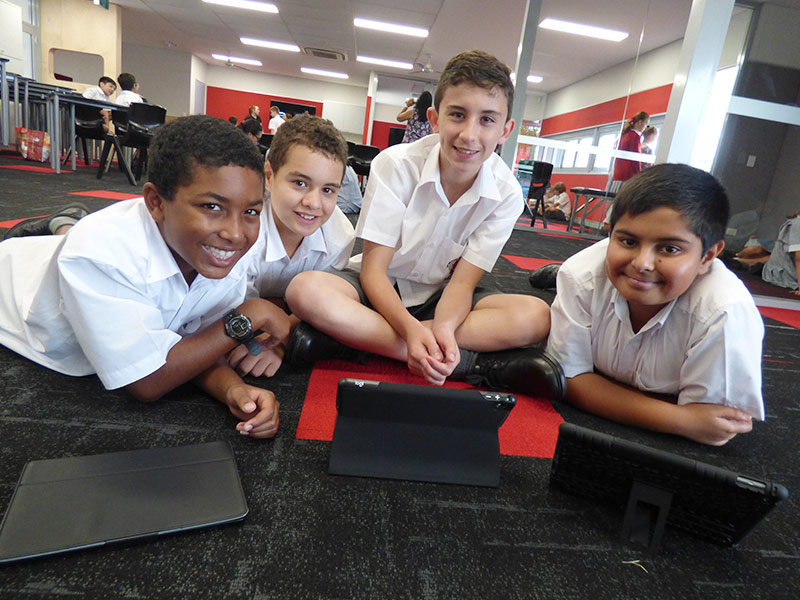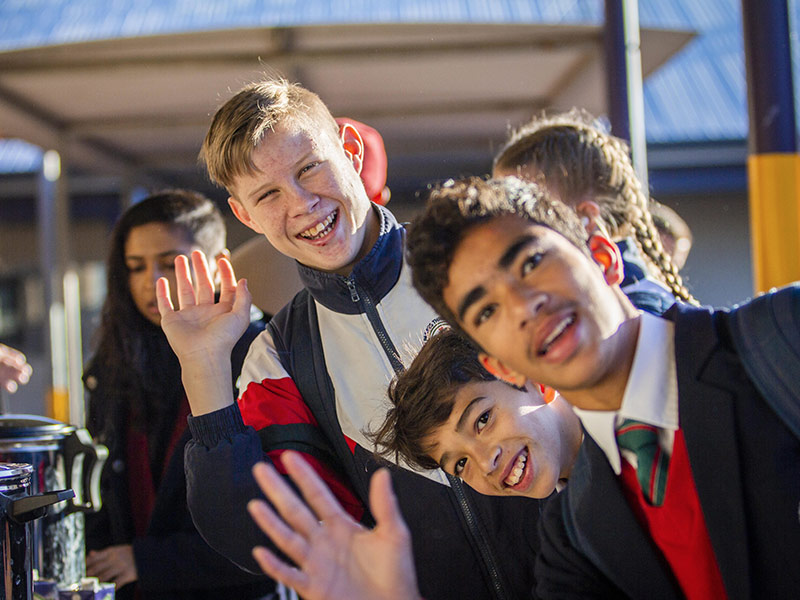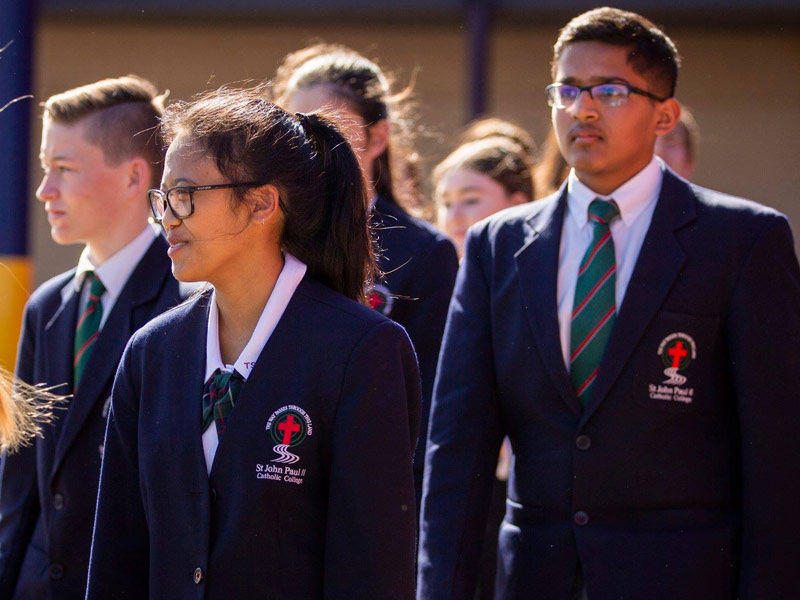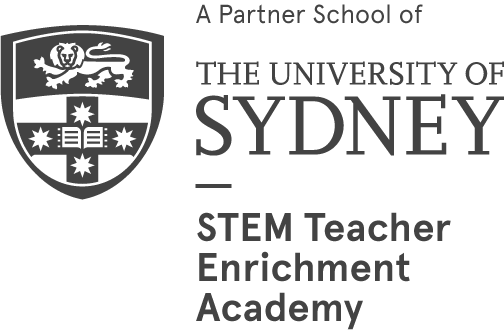The Learning Continuum focuses on implementing stage based ways of learning that allow students to develop learning skills and knowledge that can be utilised and extended as they continue through their stages of high school.
The skills and knowledge students learn in Stage 4 Cooperative Learning is necessary for the students to continue to Stage 5 Active Learning, where they further develop skills and knowledge. In Stage 6, students use the skills developed in earlier stages, supported by online learning, to allow for time in class to be skills focused.
Stage 4 Cooperative Learning

The Stage 4 (Years 7 - 8) model focuses on Cooperative Learning. Cooperative Learning aims to organise classroom activities into academic and social learning experiences, where students work in groups to complete tasks collectively to achieve learning intentions. This model of learning allows students to develop positive interdependence, individual and group accountability, promotive interaction, interpersonal and small group skills and group processing.
Successful Cooperative Learning strategies are intellectually demanding, creative, open-ended and involve higher order thinking such as: Think Pair Share, Jigsaw, Reciprocal Thinking, Accountable Talk, guided reading and reading circles.
Stage 5 Active Learning

The above skills developed in Stage 4 are utilised and further developed as they continue onto Stage 5 (Years 9 - 10) Active Learning. Active Learning, inclusive of cooperative learning, focuses on the responsibility for learning on learners, where students engage in higher-order thinking tasks such as analysis, evaluation and problem-solving. Active learning makes connections between learning in the classroom and the outside world.
Active Learning includes strategies such as Learning Cell, Class Debate and Learning by Teaching, working collaboratively, discussing materials, debating, taking part in role play, class games, engaging in case studies and creating simulations to result in deeper learning, understanding and transfer. Students engage in meaning-making inquiry, action, imagination, invention, interaction and personal reflection.
Stage 6 Blended Learning

Similarly, Stage 6 (Years 11 - 12) Blended Learning reflects skills and learning from the previous two Stages, yet allows students to learn through the delivery of content and instruction via digital and online media, therefore giving more control over the time and pace for learning.
Strategies such as a Flipped Classroom, Lecture Capture, Google Sharing, Google Sites, Blogger and Lucidcharts allows students to learn content online so that face-to-face learning can be focused on the development of skills and application of content.

